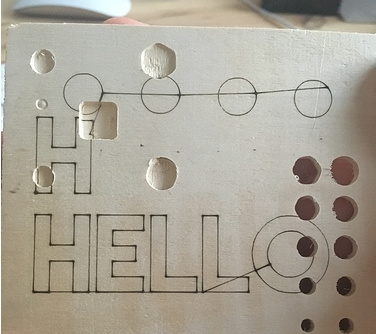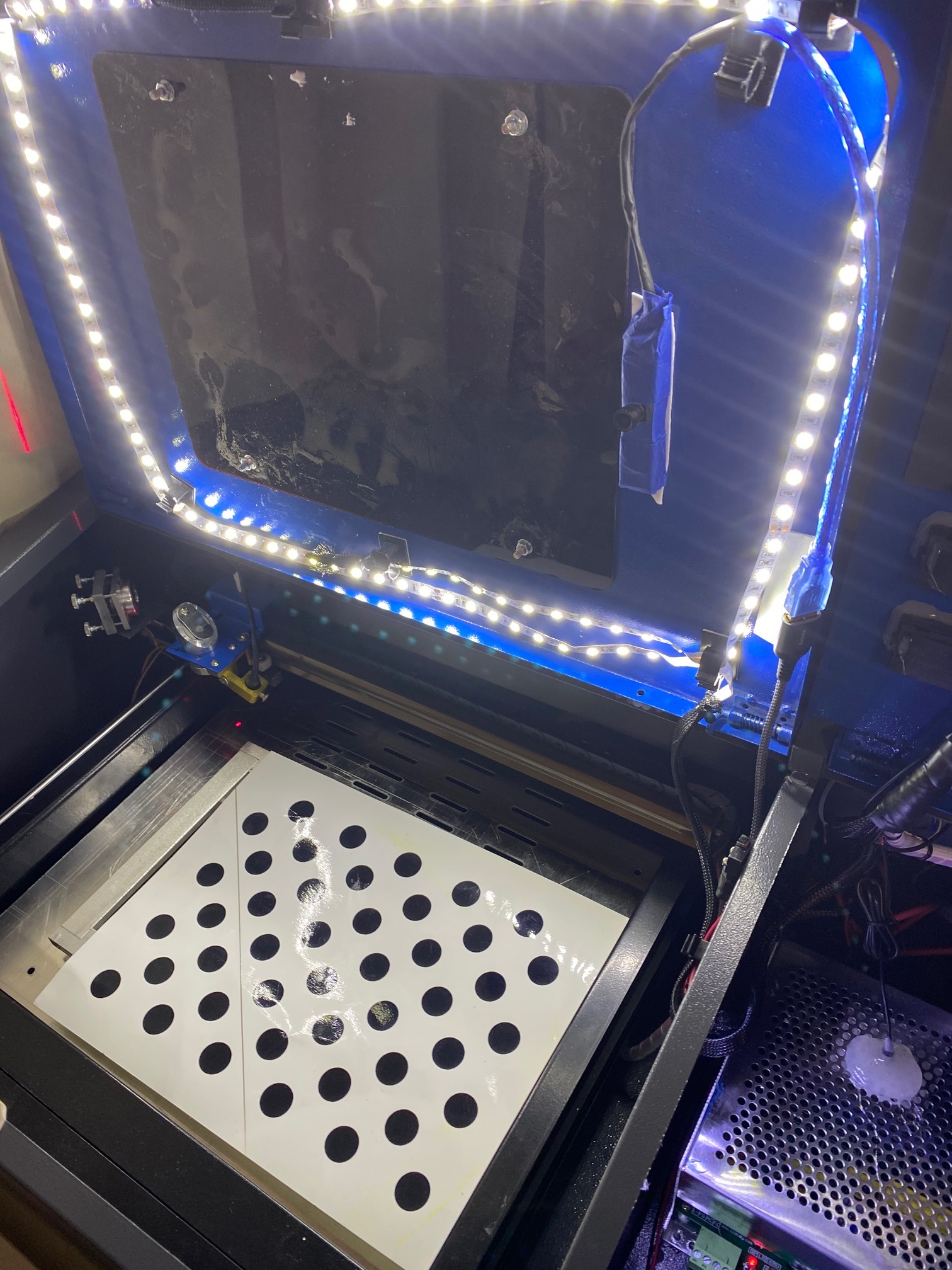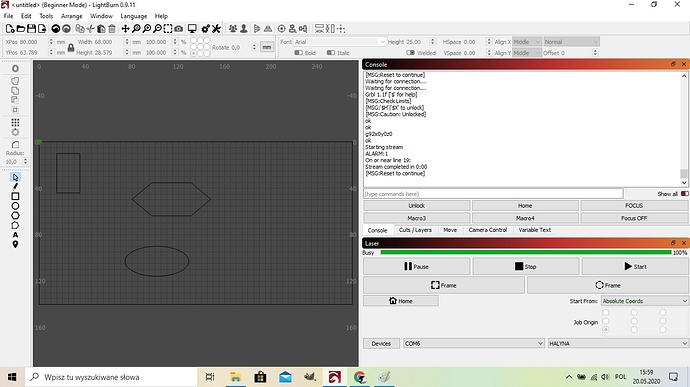
Even the other profiles seem to work well. You can choose Gerbil or Grbl-M3 (uses just easy Gcode). The connection device you choose in new device is not critical. This article describes how to configure LightBurn to get optimum results.

If you experience issues with your controller you can set slower modes.There are some settings in LightBurn that you might want to tweak in order to get the best out of both. LaserGRBL claim to be faster than any others gcode streamer. Unfortunately not all hardware support all this speed. Sometime could be useful with electrical noise on USB/serial line.


LaserGRBL can connect via standard USB/Serial protocol but also via WebSocket or Telnet using a small WiFi module that act as bridge. If “Laser Mode” is enabled in your hardware please check this flag, so LaserGRBL will render G0 movement correctly, also with external generated gcode files. If you have “Laser Mode” enabled in your arduino, all the G0 rapid movement will be executed with laser turned off. Starting from GRBL v1.1 there is a new feature of GRBL called “Laser Mode”. If your Laser does not support power modulation via ttl-pwm with S code, but only ON-OFF operation by M3-M5, please uncheck this flag.Īll LaserGRBL feature that require power modulation will be hidden, and laser control will be done only via M3-M5 instead of S command. Other firmwareĮngraver based on Ruida, Mach3, Benbox etc are not supported by LaserGRBL.

(tested with USB cable only, no WiFi support). LaserGRBL implement a sort of emulation of this protocol but their protocol is buggy and undocumented, so expect issue. This engraver uses a non-grbl compatible protocol and only work with their VigoWork software. In mid-2020 Vigotec has released a new model L7X with WiFi connection.


 0 kommentar(er)
0 kommentar(er)
